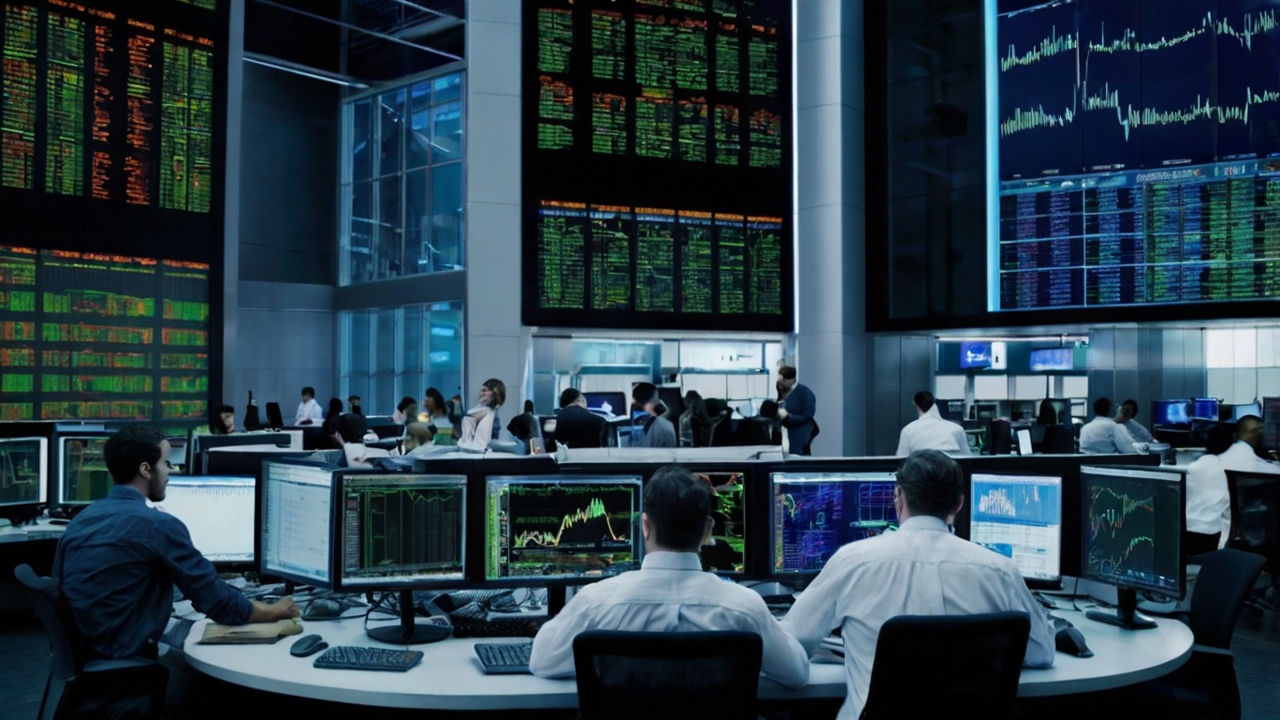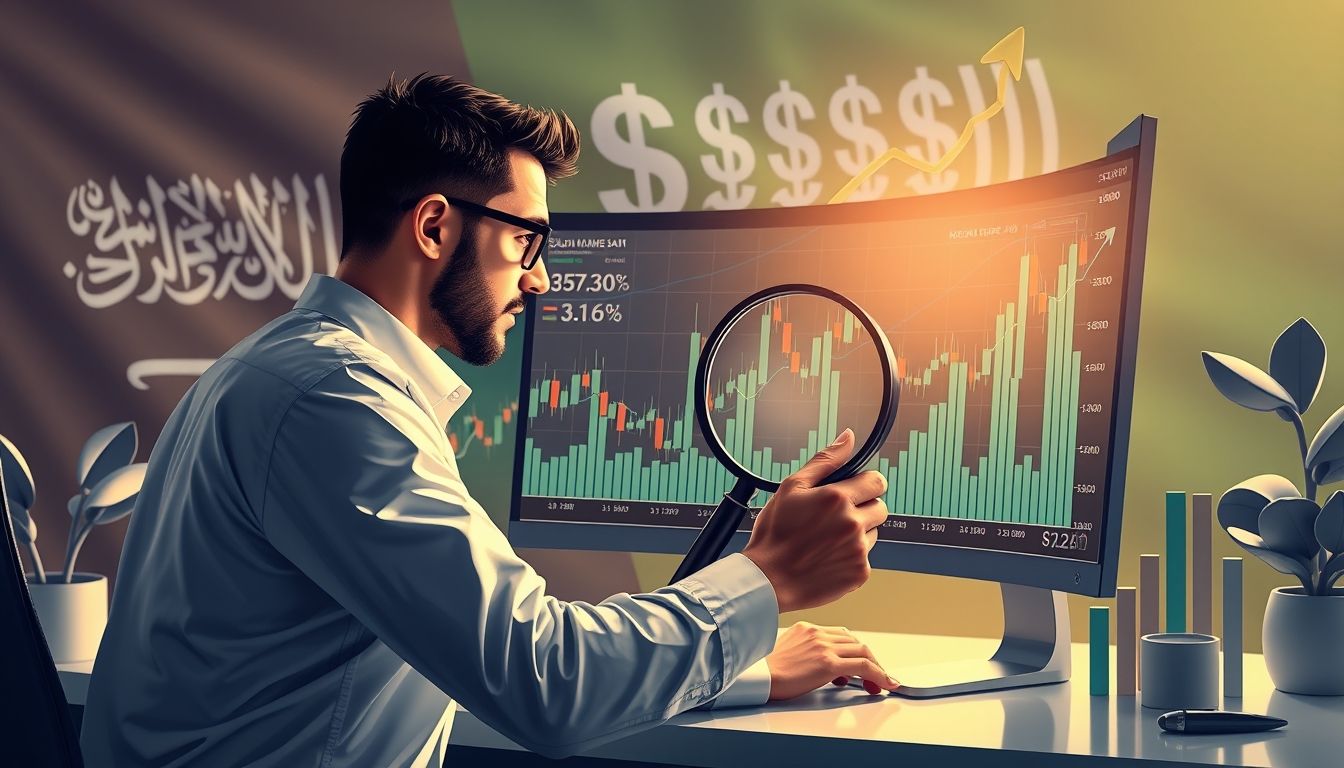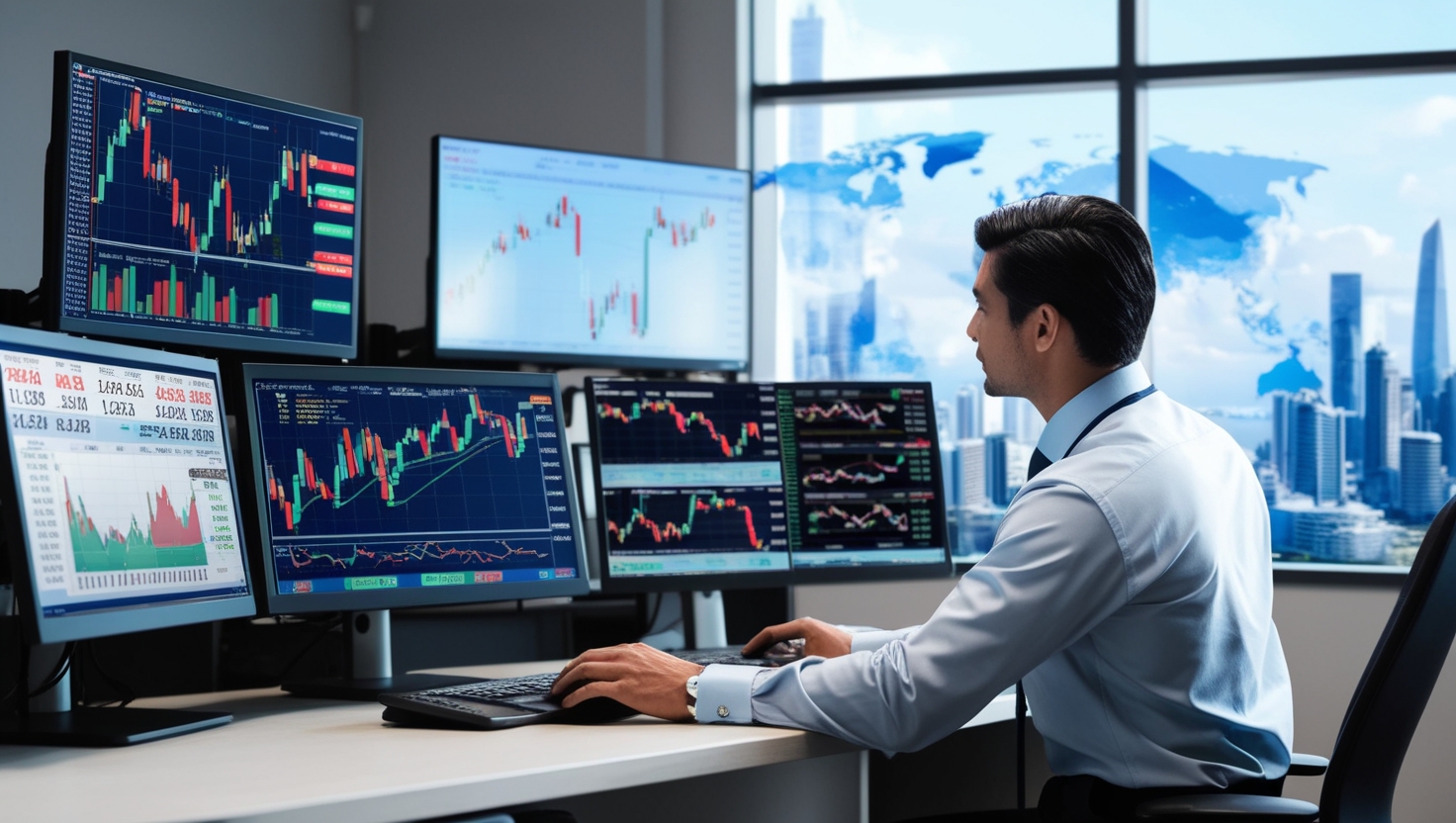Introduction to Algorithmic Trading
Financial markets have undergone a radical transformation with the advent of algorithmic trading, which relies on the use of algorithms and computer programs to execute trades automatically. This approach aims to exploit market opportunities quickly and efficiently, overcoming human limitations.
Algorithmic trading is not just a tool for professional traders, but has also become available to individual investors, leading to increased trading volume and improved liquidity in the markets.
Chapter 1: History and Evolution of Algorithmic Trading
The history of algorithmic trading dates back to the 1980s, when large financial institutions began using computers to execute trading orders faster. These systems gradually evolved to include more complex algorithms, capable of analyzing data and making decisions independently.
Key Historical Milestones:
- 1980s: Emergence of early electronic trading systems.
- 1990s: Use of simple algorithms to execute large orders.
- New Millennium: Development of complex algorithms and the emergence of High-Frequency Trading (HFT).
- Current Decade: Spread of algorithmic trading among individual investors and integration of new technologies.
Chapter 2: Basic Components of Algorithmic Trading Systems
Algorithmic trading systems consist of several key elements that work together to achieve the desired goals:
- Algorithm: The core of the system, defining trading rules based on data analysis.
- Trading Platform: Provides an interface for executing orders and monitoring the market.
- Data Feeds: Provide live market data, such as prices and volumes.
- Infrastructure: Includes the hardware and servers that support the system.
Chapter 3: Types of Algorithms Used in Algorithmic Trading
The algorithms used in algorithmic trading vary widely, depending on different strategies:
- Trend-Following Algorithms: Identify upward and downward trends and trade accordingly.
- Arbitrage Algorithms: Exploit price differences between different markets.
- High-Frequency Trading (HFT) Algorithms: Execute trades at extremely high speeds to achieve small profits.
- Statistical Trading Algorithms: Use statistical models to analyze data and identify trading opportunities.
Example: The Moving Average algorithm is used to determine the price trend by calculating the average price of an asset over a specified period.
Chapter 4: Benefits of Algorithmic Trading
Algorithmic trading offers many benefits to traders and investors:
- Speed and Efficiency: Executing trades at extremely high speeds without human intervention.
- Emotional Control: Avoiding emotionally influenced decisions.
- 24/7 Trading: The ability to trade anytime, anywhere.
- Diversification: Managing diversified investment portfolios easily.
Statistic: A study showed that companies using algorithmic trading perform 20% better compared to companies relying on manual trading.
Chapter 5: Risks of Algorithmic Trading and How to Avoid Them
Despite the many benefits, algorithmic trading carries some risks:
- Programming Errors: Errors in the algorithm may lead to significant losses.
- System Failure: Power outages or network problems may cause the system to stop.
- Sudden Market Volatility: The algorithm may not be able to cope with unexpected events.
- Over-Trading: Algorithmic trading may lead to an excessive increase in trading volume.
Tip: The algorithm should be thoroughly tested before being used in real trading, and its performance should be monitored continuously.
Chapter 6: Successful Algorithmic Trading Strategies
Successful algorithmic trading strategies depend on several factors:
- Setting Goals: Defining clear investment goals.
- Choosing the Right Algorithm: Choosing the algorithm that suits the goals and risks.
- Risk Management: Setting limits for potential losses.
- Diversification: Distributing investments across different assets.
Example: "Automated Following" strategy where the system follows the trades of other successful traders and executes them automatically.
Chapter 7: Algorithmic Trading in Arab Markets
Algorithmic trading is experiencing increasing growth in Arab markets, as stock exchanges and financial institutions have begun to adopt this technology. However, there are still challenges facing this growth, such as lack of awareness and experience, and regulatory constraints.
Example: Some Arab stock exchanges have begun offering algorithmic trading services to individual investors, which has contributed to increased trading volume and improved liquidity.
Chapter 8: The Future of Algorithmic Trading
Algorithmic trading is expected to undergo significant developments in the future, with the emergence of new technologies such as quantum computing and big data analysis. These technologies will help improve the accuracy of algorithms and increase trading efficiency.
Prediction: Algorithmic trading may become the predominant form of trading in financial markets in the near future.
Chapter 9: Algorithmic Trading Tools and Platforms
Many tools and platforms are available that support algorithmic trading, and they vary in features and prices. Among these tools:
- MetaTrader 4/5: Popular platforms that support the MQL4/5 programming languages.
- TradingView: A technical analysis platform that provides tools for algorithmic trading.
- Interactive Brokers: A broker that provides an Application Programming Interface (API) for algorithmic trading.
Chapter 10: Tips for Beginners in Algorithmic Trading
If you are a beginner in algorithmic trading, here are some tips:
- Start with Small Amounts: Do not invest large amounts at the beginning.
- Learn the Basics of Programming: Understanding the basics of programming will help you understand the algorithms.
- Test the Algorithm: Test the algorithm on historical data before using it in real trading.
- Consult Experts: Seek advice from experienced traders.
Important Note: Algorithmic trading carries high risks, and a financial advisor should be consulted before starting.



